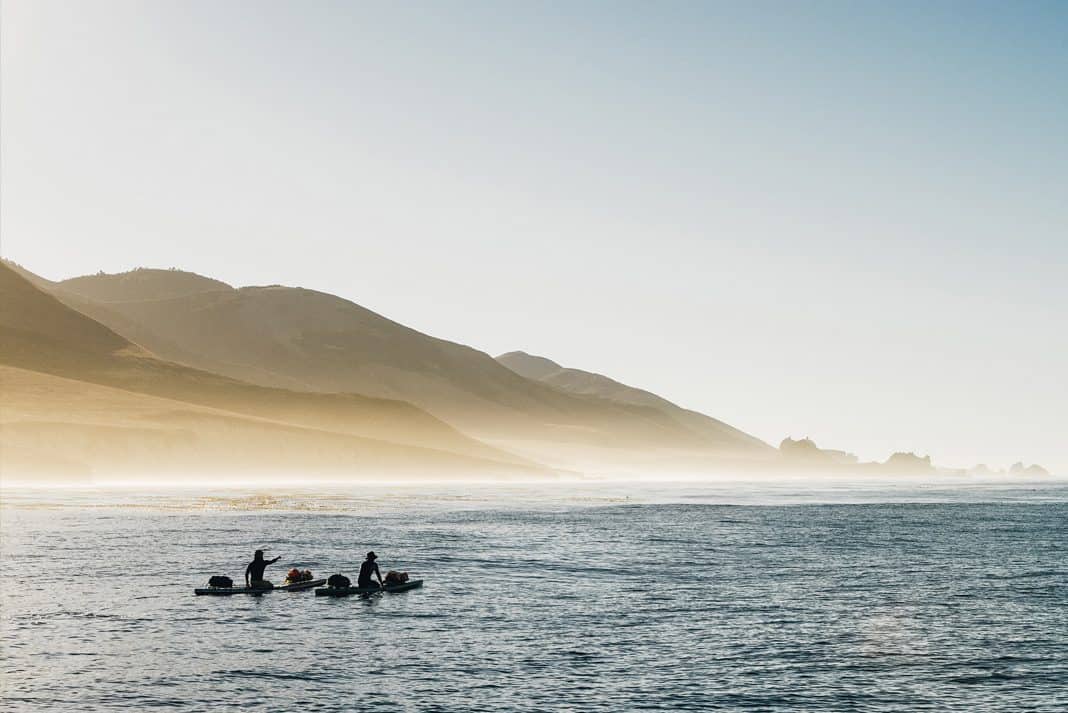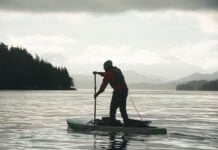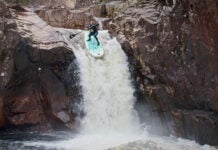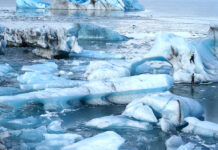In 2016, twins Ryan and Casey Higginbotham hand paddled their boards 2,200 miles from Ketchikan, Alaska to the U.S.-Mexican border over 208 days. It was their first expedition, and they did it unassisted and with little sponsorship.
The duo describe it as, “the highest of highs, and the lowest of lows.” When they reached the Mexican border, the brothers decided they weren’t truly done.
Late last fall they set out for round two—a second unsponsored, prone paddling expedition. This time, 1,100 miles south from the U.S.-Mexican border to the shores of Cabo San Lucas, Baja California Sur.
Like many audacious ideas, the plan to hand paddle from Alaska to Mexico brewed over beers. The brothers were 22, out of college and looking for a way to push themselves physically and mentally.
“I didn’t have a clue what we were getting into,” says Ryan. Growing up on the shores of southern California, the twins worked as lifeguards and surfed their whole lives. “Prone paddling is what we know and what we love doing, there was no other way to do this trip,” says Casey. “It’s better this way; you’re more connected to the water.”
It wasn’t from a lack of trying that first expedition launched without sponsors. The brothers reached out to more than 30 companies without response. The only person willing to give the brothers a shot was Joe Bark from Bark Boards. “He was the only guy to give us a call back and say, ‘Let’s go for it,’” the Higginbotham brothers say. After receiving their boards, the brothers set about selling everything they owned to fund the rest of the expedition.
We learned how to be uncomfortable every single day
The Higginbotham brothers knew tracing the West Coast by hand was going to be tough, but they were unprepared for just how tough. “We learned how to be uncomfortable every single day,” says Casey. From rotator cuff problems, lower back pain, compressed spines, not getting enough protein and nutrients and hypothermia, Ryan and Casey went through it all.
“We get so used to living in our comfort zones and come to a place where we think we know everything,” says Casey. “We are numbed by social media and easy access to the Internet. We had to learn everything on the go—how to camp, how to be in uncomfortable spots. You grow a lot from a situation pushing your limits.”
Though they started the first expedition with little, they weren’t in it alone. The had the support from family and friends, and kind-hearted locals helped fill their bellies and offered lifts into town for resupplies.
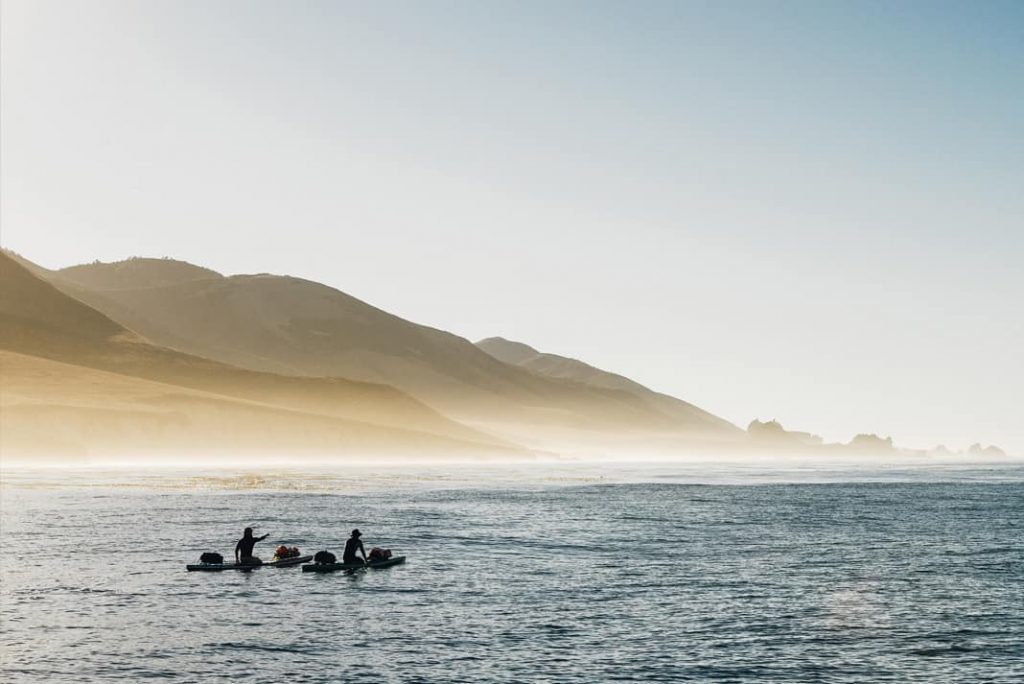
During the two years after the first expedition, the brothers worked odd jobs to make money to fund the next one. Even after the accomplishments of the first trip, it was still difficult to secure sponsorships, so they did without.
The brothers were more prepared for the second trip—they’d refined their launching and landing techniques, their equipment and were more mentally prepared for the journey. In Baja, gone were the heavy wetsuits, gloves and booties they’d needed to fend off hypothermia along the British Columbia coast. However, in Baja potable water was a scarce resource.
The brothers buried six caches of dehydrated meals and energy bars along the coast in advance of the trip, but making meals was a time-consuming progress. It took eight gallons of salt water to create one gallon of freshwater using a portable desalination unit. Tiny fishing villages along the coast were a lifeline, with residents generously offering water and sometimes even fresh fish.
Now back home in California, the brothers are discussing the next adventure: “Something longer and more devastating,” they tease. They’re also working with a filmmaker to make a documentary about their prone expeditions.
“I wouldn’t call it enjoyable,” says Ryan, “but it was fulfilling.”


